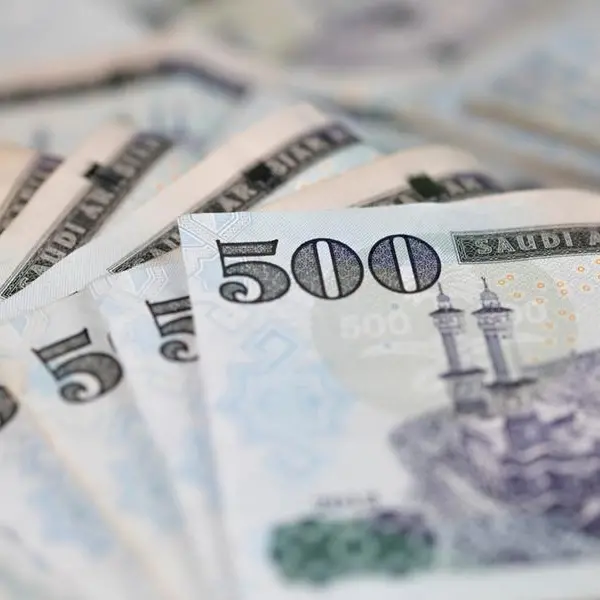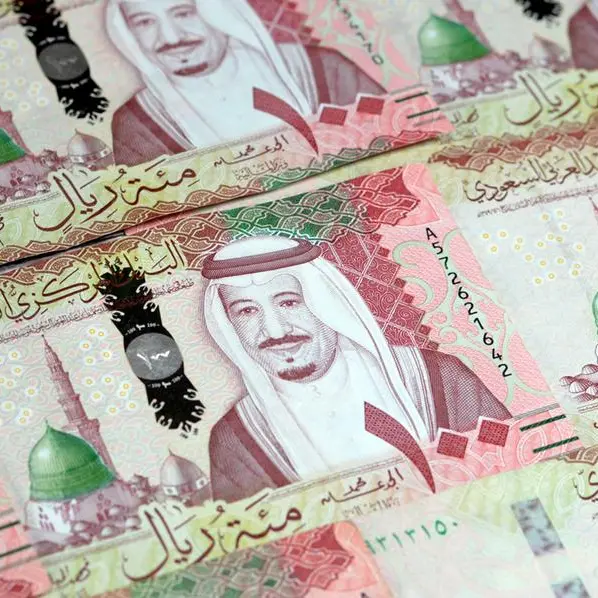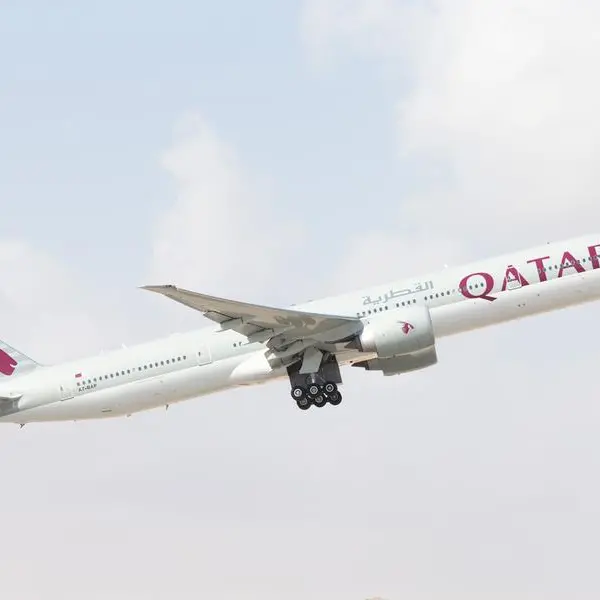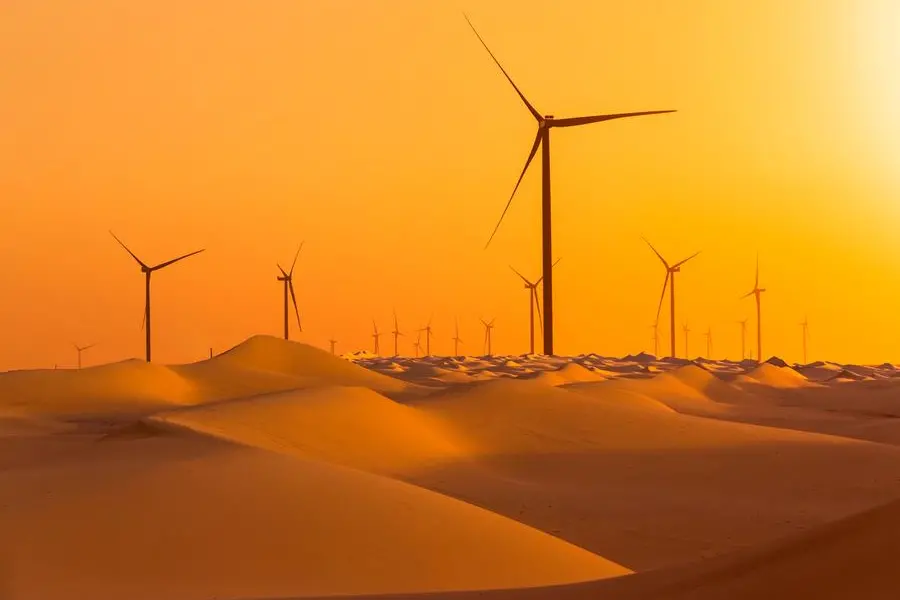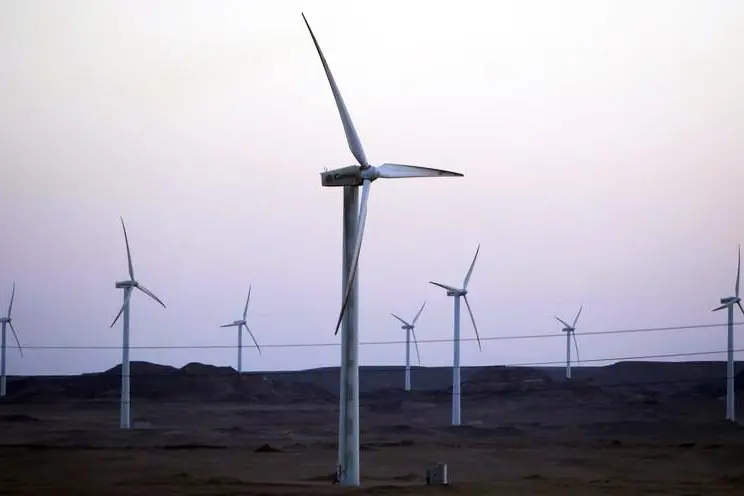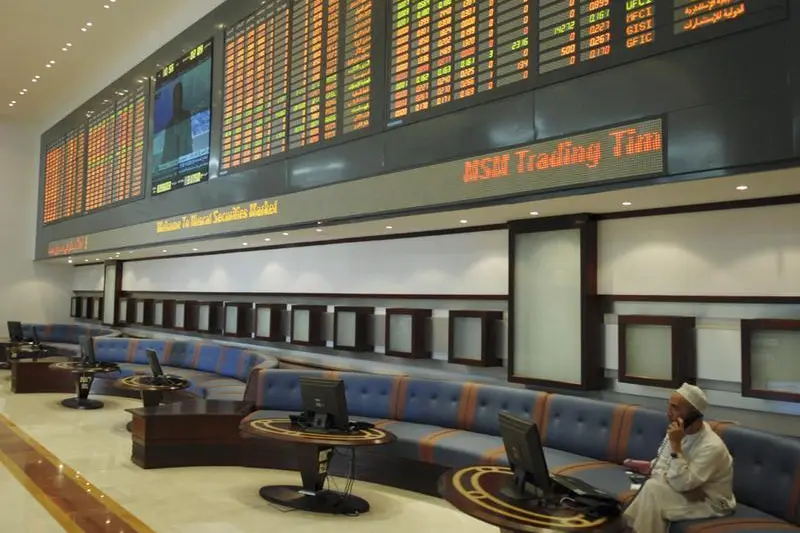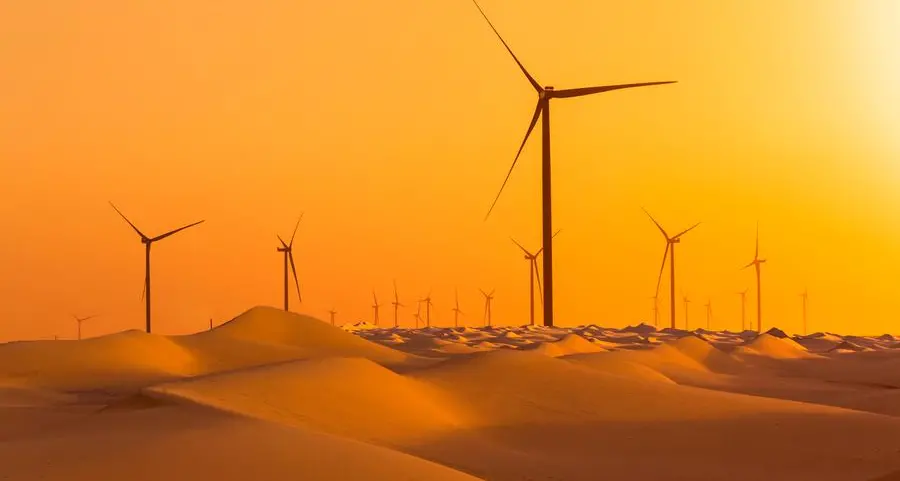With the launch of several major projects, the Sultanate of Oman is on target to achieve the ambitious goal of covering its electricity demand with renewable energy.
Thanks to its cost effective benefits, the government aims to develop its nascent renewable energy sector and cover a major portion of domestic electricity demand with energy from sun, waste energy and wind power.The recent opening of the Ibri Solar Project, the largest renewable energy facility of its kind in the country, is expected to peak in productivity through the generation of power sufficient for supplying 50,000 homes with electricity and cutting down CO2 emissions by 340,000 tonnes a year.
The 500 megawatt utility, which cost RO 155 million, figures among Oman Vision 2040 major projects aimed at optimising available investment opportunities and protecting natural resources. It is the second such grid-connected renewable-based power scheme to produce carbon-free electricity in the Sultanate of Oman.One of the objectives of Oman Vision 2040 and the National Energy Strategy is to derive at least 30 per cent of electricity from renewables by 2030.
Since the government regards renewables as an important part of the non-oil economic engine of the country, the sector can create thousands of jobs by building local production of solar panels and aluminium frames.In the era of declining costs of renewable energy technologies, namely, solar photovoltaic (PV) panels and wind turbines, the country’s embrace of solar and wind energy is as auspicious and timely as it is necessary.
According to the strategy, over the period 2021-2027, the renewable energy plan aims to secure at least 2,660 MW. The plan relies mainly on solar PV with 79 per cent and wind of about 21 per cent.While solar photovoltaic is the technology of choice for the majority of projects, the country is looking to promote investment in large-scale wind projects by gathering more comprehensive data on the country’s resources.
In hopes of building its renewable energy capacity not only from top down, but also from bottom up, the Authority for Electricity Regulation Oman, is encouraging the growth of rooftop solar panels for homeowners and allowing them to sell excess electricity back to the central grid.Although renewables still constitute a tiny portion of Oman’s overall energy mix, the percentage is slowly growing.
The country aims to secure at least 10 per cent of the country’s electricity requirements from renewable energy resources by 2025, rising from 35 per cent to 39 per cent by 2040. The next major solar-powered scheme — Manah 1 and 2 — with a combined capacity of up to 1,000 MW, is expected to be revived for procurement via a competitive tendering process by end of 2022.“Oman’s demand for energy is expected to rise in the coming decades. Strong domestic demand is already forcing this nation, along with others in the Gulf, to import natural gas. Without tapping its renewable energy potential, it is bound to import more of its energy from abroad as well as fail to reduce its emissions”, says a report by Inside Arabia in an online news analysis magazine.
2022 © All right reserved for Oman Establishment for Press, Publication and Advertising (OEPPA) Provided by SyndiGate Media Inc. (Syndigate.info).


